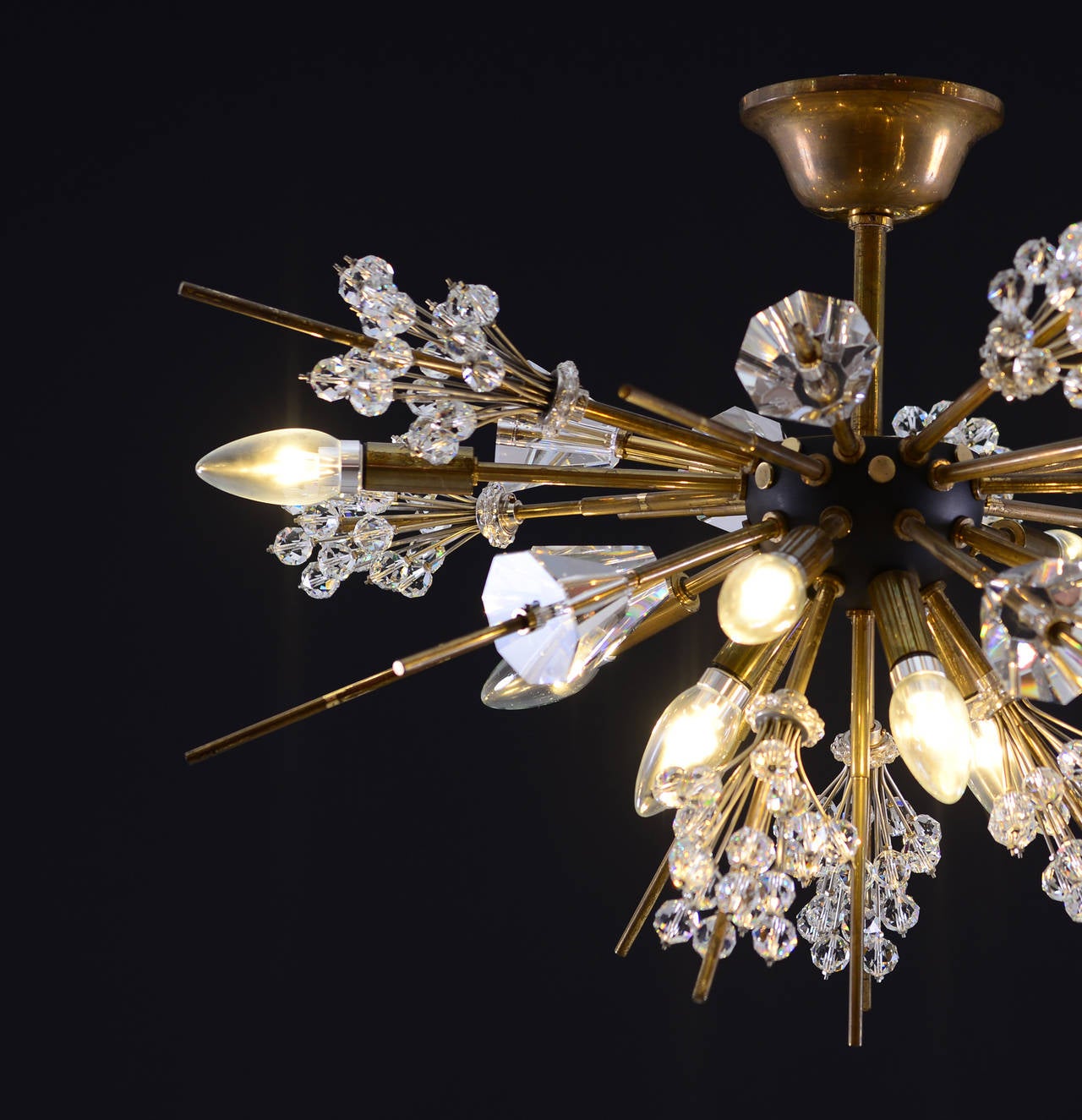


The centerpiece of the lobby is an array of eleven crystal chandeliers resembling constellations with sparkly moons and satellites the auditorium contains 21 matching chandeliers, the largest of which measures 18 ft (5.5 m) in diameter. The multi-story lobby is dominated by a concrete and terrazzo cantilevered stairway that connects the main level with the lower level lounges and upper floors. After a long process of redesigns, revisions and opposing interests (provided by the Met wanting a more traditional design for its home, and the conflicting wishes of the architects of the other Lincoln Center venues), construction of Harrison's forty-third design of the Metropolitan Opera House began in the winter of 1963- the last of the three major Lincoln Center venues to be completed. As chief architect again for the development of Lincoln Center, Harrison was chosen to design the new opera house- to be built as the centerpiece of the new performing arts complex. Young Rockefeller Center architect Wallace Harrison would be approached some 20 years later by officers of the New York Philharmonic Society and the Met to develop a new home for both institutions. replaced the opera house with a 70-story skyscraper, opened as the RCA Building in 1933. With the development moving forward, John D. The development that what would become today's Rockefeller Center was originally to have a new 4,000-seat opera house at its center, but financial problems and the following stock market crash of 1929 postponed the relocation of the Metropolitan Opera, and the complex became more commercial-based. Planning for a new home for the Metropolitan Opera began as early as the mid-1920s, when the backstage facilities of the former house were becoming vastly inadequate for growing repertory and advancing stagecraft.


 0 kommentar(er)
0 kommentar(er)
